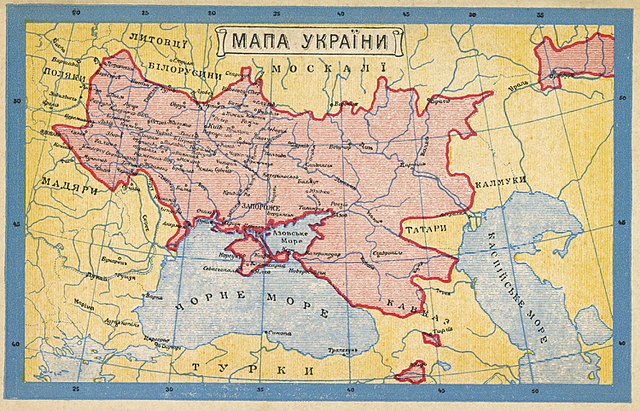The prospect of a Russian war in Ukraine has rattled global markets. Russia is a top producer of commodities from grains to diamonds.
The concern about Ukraine has mostly revolved around the country’s large agriculture sector.
In 2021, the nation of 41.1 million was the world’s fourth biggest cereals exporter, behind only the U.S., Argentina, and India, according to Trade Data Monitor, the world’s premier source of trade statistics.
Those exports were split almost 50-50 between corn ($5.9B, up 21%) and wheat and meslin ($5.1B, up 41%). With food prices already increasing 30% in 2021, and inflation biting sound the globe, there’s good reason to worry.
But Ukraine’s export profile is more complicated than its status as the former breadbasket of the Soviet Union.
It’s also a key supplier of metals and iron ore, especially to China, meaning that conflict could force up iron ore and steel prices. In 2021, Ukraine was China’s fifth biggest supplier of iron ore. Overall, it was the world’s fifth biggest exporter of iron ore by value, behind only Australia, Brazil, South Africa, and Canada.
A broad network of iron ore mines belong to what is still one of the top metal and mining production networks in the word. It includes roughly 50 iron ore deposits, and has the fifth total reserves in the world.
Overall, Ukraine’s top exports in 2021 were iron and steel ($13.9B, up 81%), followed by cereals ($12.3B, up 31%), animal and vegetable fats ($7.1B, up 23%), and iron ore ($6.9B, up 63%), according to TDM.
The top markets for Ukrainian iron and steel were Italy, Turkey, Poland, the U.S., and Russia. For iron ore, it was China, the Czech Republic, Poland, Austria, and Slovaia.
Overall, Ukraine’s exports increased 38.3% to $68.1B in 2020, recovering from the Covid slump along with the rest of the world. Its top markets were China ($8B, up 12%), Poland ($5.2B, up 60%), Turkey ($4.1B, up 70%), Italy ($3.5B, up 80%), and Russia ($3.4B, up 26%).
Ukraine’s top exports to China were iron ore ($2.9B, up 16%), cereals ($2.5B, up 37%), animal or vegetable fats ($960.5M, down 14%), and oilcake and residues from vegetable fats and oils ($601.7M, up 25%).
Exports are a big reason why Ukraine’s gross domestic product is expected to grow 3.6% in 2022, according to the International Monetary Fund.
That prosperity is driving more consumption. After dropping in 2020, Ukrainian imports increased 34% to $71.9 billion in 2021.
Ukraine’s top source of imports in 2021 was China ($10.9B), followed by Germany ($15.3B), Russia ($6.1B), Poland ($4.9B), and Belarus ($4.8B).
Imports from China increased 32.4% from $8.3B in 2021. The top imports were electronics ($2.8B, up 26%), machinery ($2.1B, up 39%), cars and trucks ($528.5M, up 56%), and plastics ($446.2M, up 62%).
Imports from Russia increased 34% from $4.6B in 2020. The top category was easily mineral fuels, up 33% to $3.4B in 2021. That was followed by machinery ($418.8M, up 22%), plastics ($351M, up 61%), and iron and steel ($300.8M, up 65%).
What’s remarkable about Ukraine’s agriculture sector is how diversified its export markets are, especially compared to its heavy industrial products. There’s not a single top customer gobbling up over 50% of production. Instead, there were 21 countries to which Ukraine shipped over $100M worth of cereals in 2021.
Ukraine’s top markets for cereals were China ($2.5B), Egypt ($1.4B), Turkey ($918.2M), Indonesia ($744.8M), and Spain ($644.9M). It shipped almost nothing to Russia, according to official records.


